Jackalberry Persimmon Trees: How To Grow An African Persimmon Tree
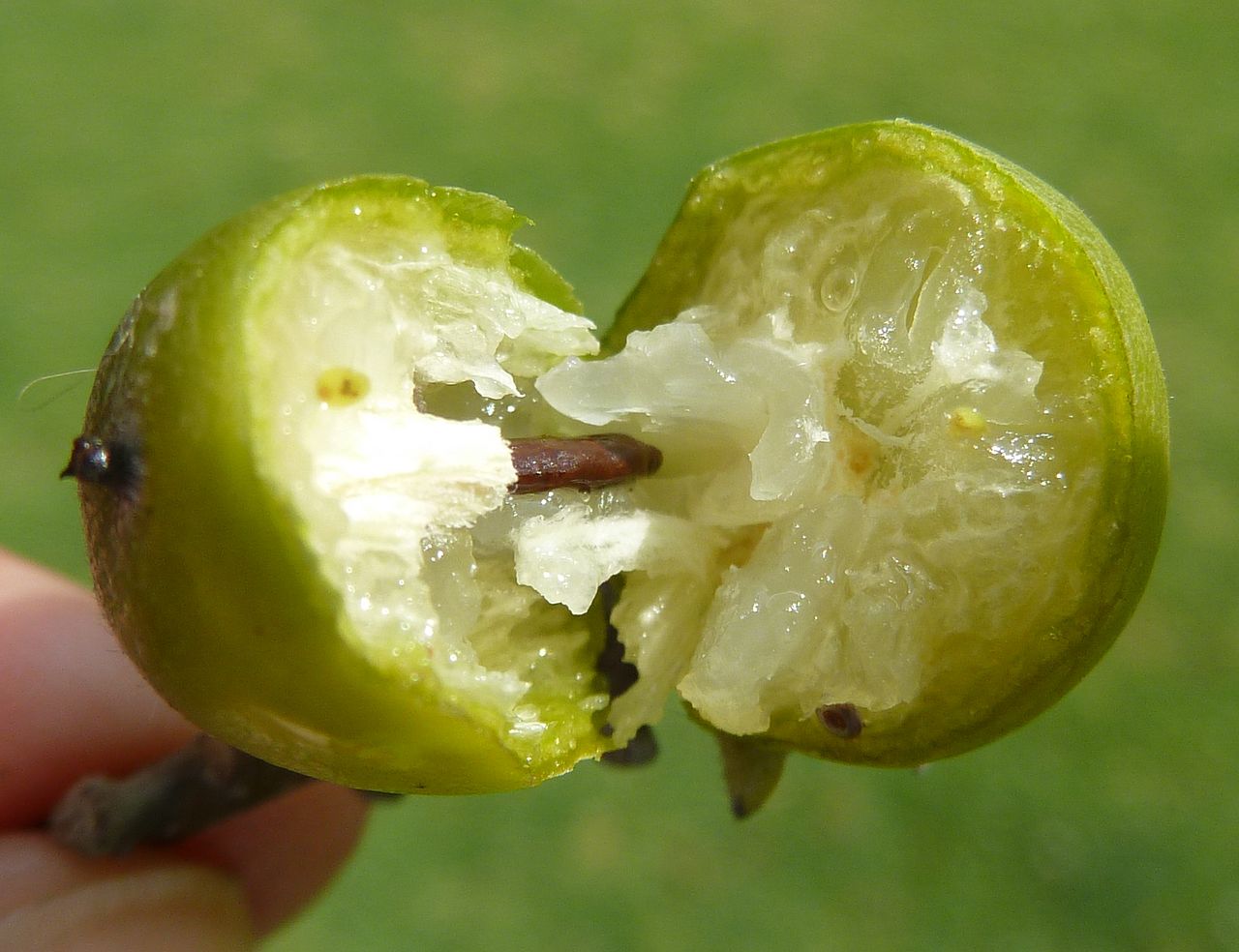
South African persimmons are the fruit of the jackalberry tree, which is found throughout Africa from Senegal and Sudan to Namibia and into northern Transvaal. Commonly found on the savannahs where it thrives growing on termite mounds, the jackalberry tree fruit is eaten by many African tribal people as well as numerous animals, amongst these, the jackal, the tree’s namesake. An integral part of the savannah ecosystem, is it possible to grow jackalberry persimmon trees here? Read on to find out how to grow an African persimmon and other information on jackalberry persimmon trees.
South African Persimmons
African persimmon, or jackalberry persimmon trees (Diospyros mespiliformis), are also sometimes referred to as African ebony. This is due to their renowned dense, fine grain, dark wood color. Ebony is prized for use in the making of musical instruments, such as pianos and violins, and wood carvings. This heartwood is very hard, heavy, and strong – and is resistant to the termites it’s surrounded by. For this reason, ebony is also prized for use in floors and high-quality furniture. Native Africans use the wood to carve out canoes, but a more important use is medicinal. The leaves, bark, and roots contain tannin that acts as a coagulant to help stop bleeding. It is also purported to have antibiotic properties and is used to treat parasites, dysentery, fever, and even leprosy. Trees can grow up to 80 feet (24 m.) in height but are more often around 15 to 18 feet (5-5.5 m.) high. The trunk grows straight with a spreading canopy. The bark is dark brown on young trees and turns gray as the tree ages. Leaves are elliptical, up to 5 inches (13 cm.) long and 3 inches (8 cm.) across with a slightly wavy edge. Young twigs and leaves are covered with fine hairs. When young, the trees retain their leaves, but as they get older, the leaves are shed in the spring. New growth emerges from June to October and is pinkish, orange, or red. The flowers of the jackalberry are small but fragrant with separate genders growing on different trees. Male flowers grow in clusters, while females grow from a single, hairy stalk. The trees bloom during the rainy season and then the female trees fruit during the dry season. Jackalberry tree fruit is oval to round, an inch (2.5 cm.) across, and yellow to yellowish green. The outer skin is tough but inside the flesh is chalky in consistency with a lemony, sweet taste. The fruit is eaten fresh or preserved, dried and ground into flour, or made into alcoholic beverages. All interesting, but I digress. We wanted to find out how to grow an African persimmon.
Growing a Jackalberry Tree
As mentioned, jackalberry trees are found on the African savannah, often out of a termite mound, but they are also commonly found along riverbeds and swampy areas. The tree is fairly drought tolerant, although it prefers moist soil. Growing a jackalberry tree here is suitable to zone 9b. The tree needs full sun exposure, and rich, moist soil. You are unlikely to find the tree at the local nursery; however, I did see some online sites. Interesting to note, the jackalberry apparently makes an excellent bonsai or container plant, which would extend its growing region.
Gardening tips, videos, info and more delivered right to your inbox!
Sign up for the Gardening Know How newsletter today and receive a free copy of our e-book "How to Grow Delicious Tomatoes".

Amy Grant has been gardening for 30 years and writing for 15. A professional chef and caterer, Amy's area of expertise is culinary gardening.
-
 Looking For Plants To Give You The Soft And Fuzzies? Try These 5 Fuzzy Leaf Plant Options
Looking For Plants To Give You The Soft And Fuzzies? Try These 5 Fuzzy Leaf Plant OptionsLovers of texture, drama, silver foliage and tactile plants will adore these special sensory garden additions. These fuzzy leaf plant options will leave you all aglow
By Susan Albert
-
 Get Ready For A Summer Of Hummers! Grow These Full Sun Hummingbird Plants and Flowers
Get Ready For A Summer Of Hummers! Grow These Full Sun Hummingbird Plants and FlowersIf you’re lucky enough to enjoy a sunny backyard, make sure you are maxing out on your pollinator opportunities and grow these full sun hummingbird plants and flowers
By Tonya Barnett
-
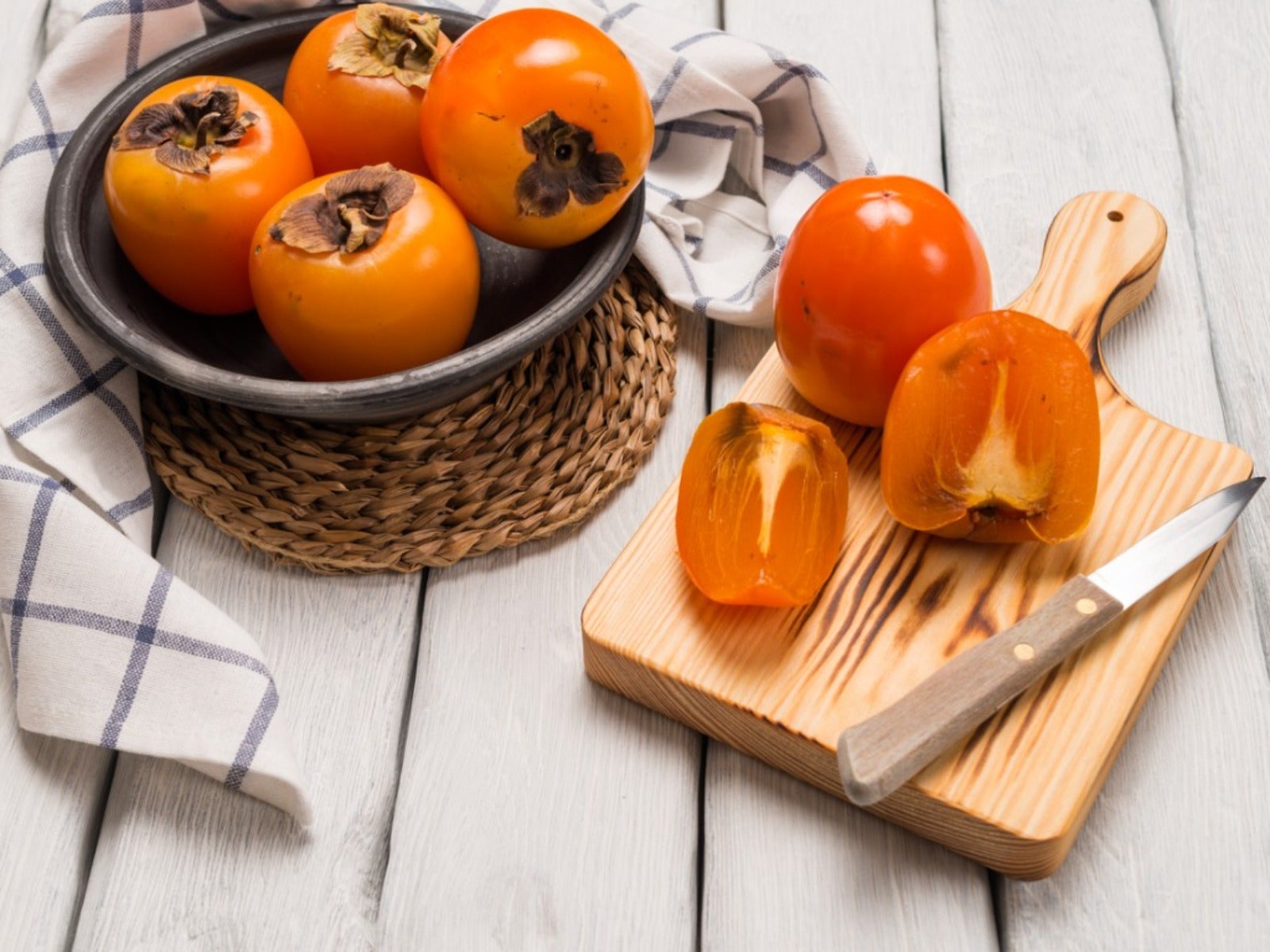 Cooking With Persimmons
Cooking With PersimmonsWant to use persimmons in the kitchen? Click here to learn how to harvest and prepare this fall favorite fruit.
By Amy Grant
-
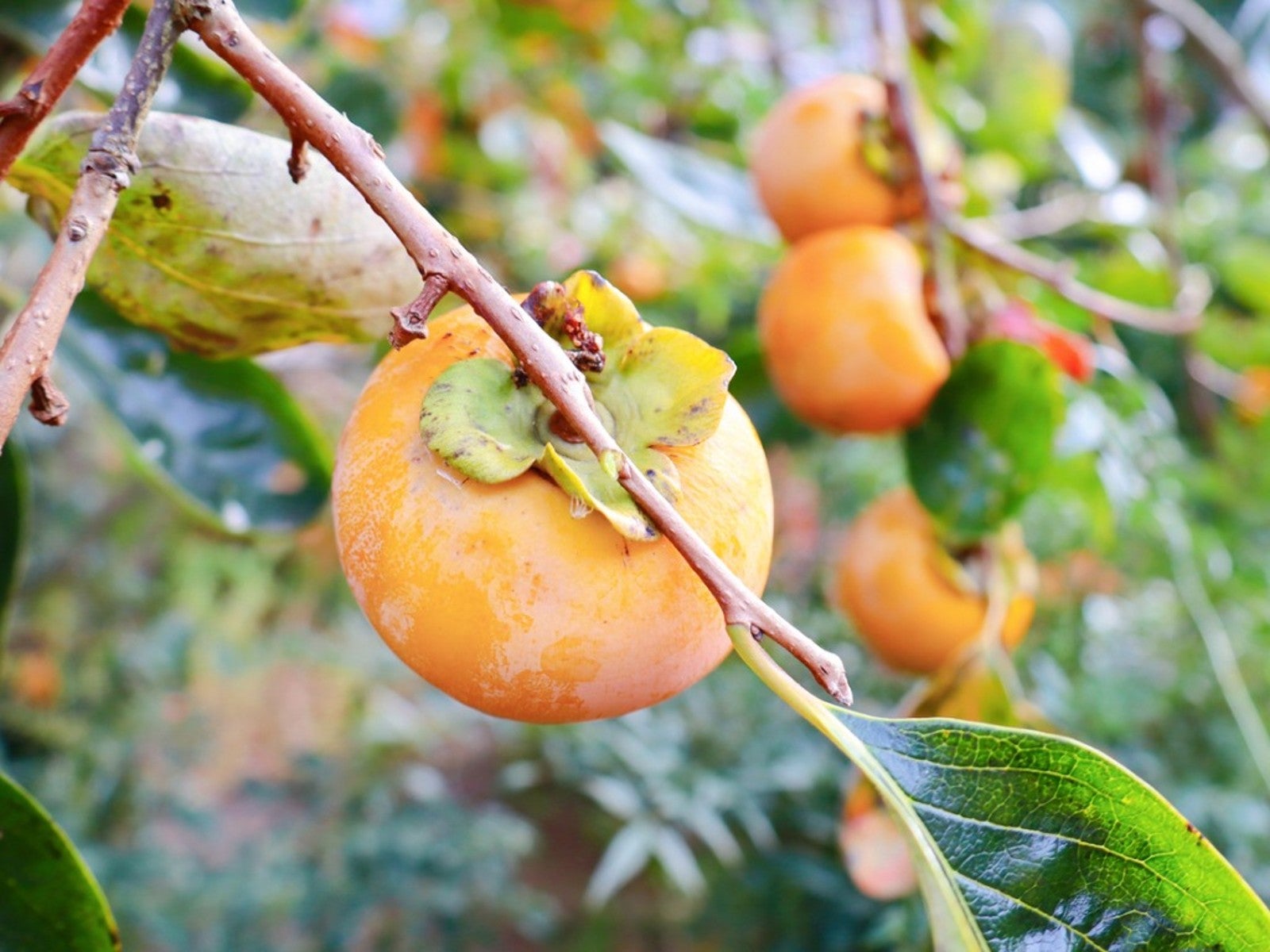 Growing Persimmons In Pots: How To Grow A Persimmon Tree In A Pot
Growing Persimmons In Pots: How To Grow A Persimmon Tree In A PotContainer growing works with many types of fruit trees including persimmon trees. And planting persimmon trees in pots can solve a lot of problems. Read on for more details about how to grow a persimmon tree in a pot on the patio.
By Teo Spengler
-
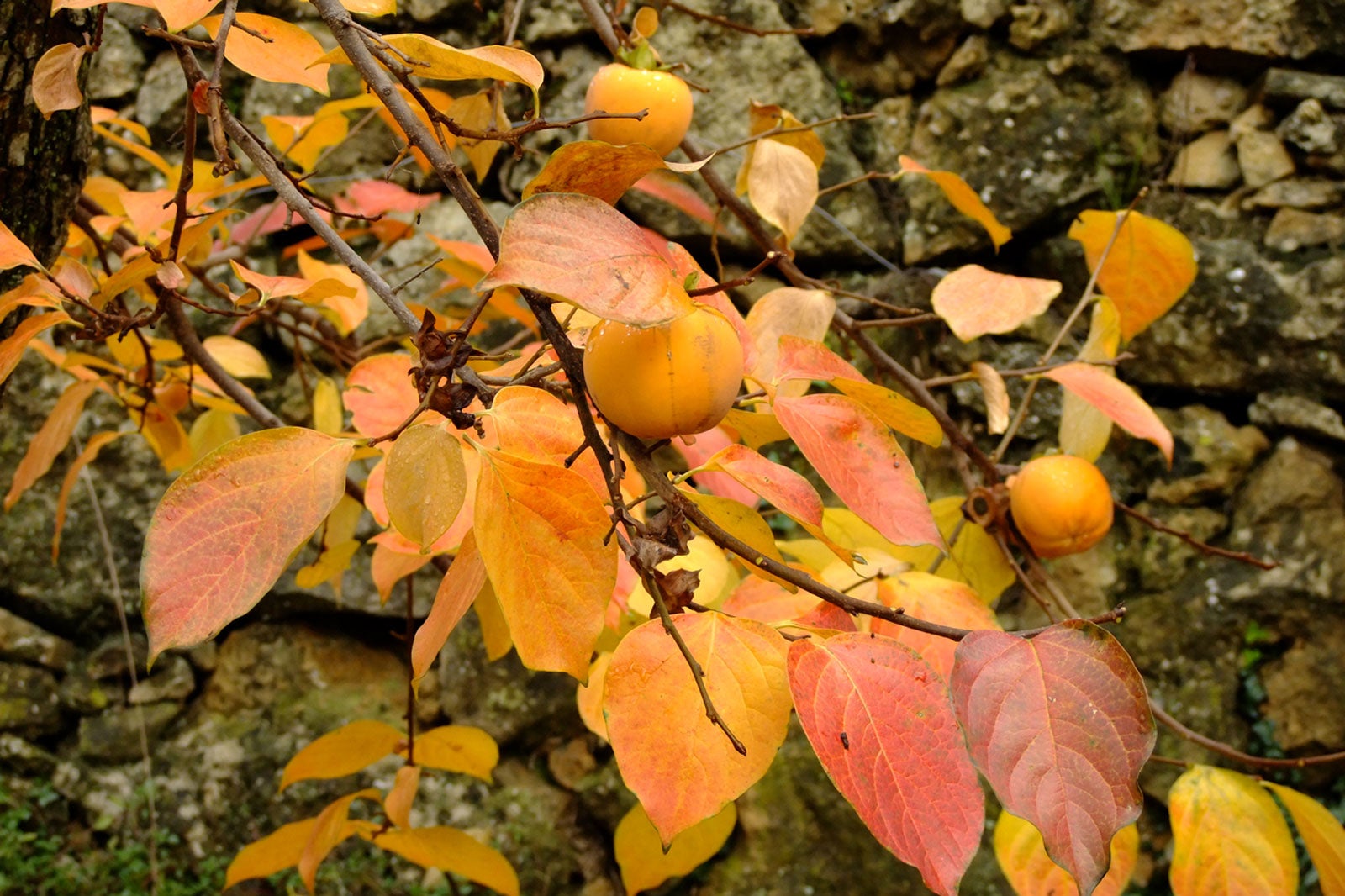 Persimmon Leaf Drop – Why Is Persimmon Tree Losing Leaves
Persimmon Leaf Drop – Why Is Persimmon Tree Losing LeavesA popular tree for home orchards is persimmon trees. These delightful, little trees suffer few serious diseases or pests and are relatively easy to care for. However, if you notice your trees losing leaves, there could be a few reasons behind the cause. Learn more here.
By Teo Spengler
-
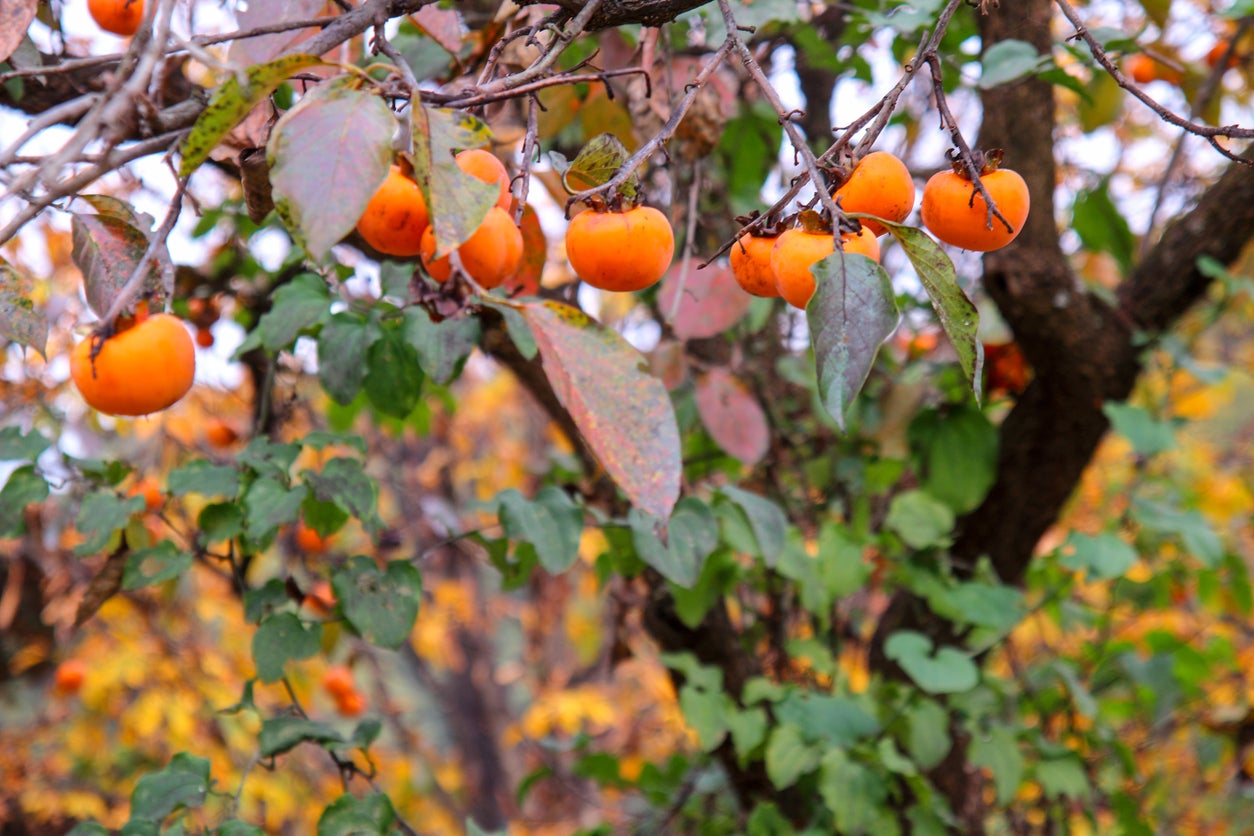 Fertilizing Persimmon Trees: Learn About Feeding A Persimmon Fruit Tree
Fertilizing Persimmon Trees: Learn About Feeding A Persimmon Fruit TreeHow much fertilizer does a persimmon tree need? The rules for fertilizing persimmon trees are a little different than those for other fruit trees and experts differ on the need for persimmon fertilizer. Click here for more information on persimmon tree feeding.
By Teo Spengler
-
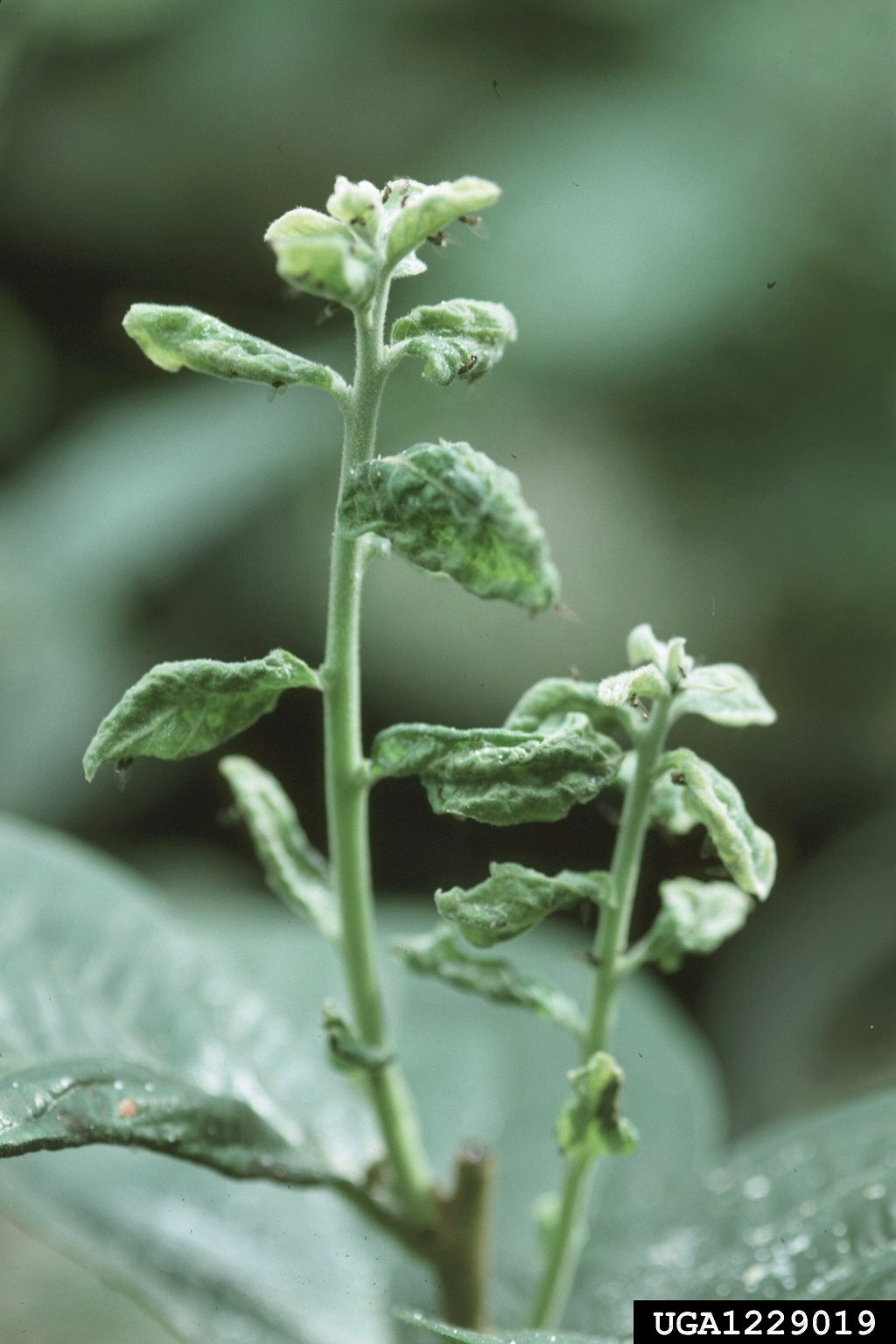 Curled Persimmon Leaves – Why Persimmon Leaves Are Curling
Curled Persimmon Leaves – Why Persimmon Leaves Are CurlingAlthough persimmon trees are generally durable and easy to grow, persimmon leaf curl is an indication that something isn’t quite right. If you’ve noticed curled persimmon leaves, careful troubleshooting is in order. Find reasons for curling leaves on persimmons here.
By Mary H. Dyer
-
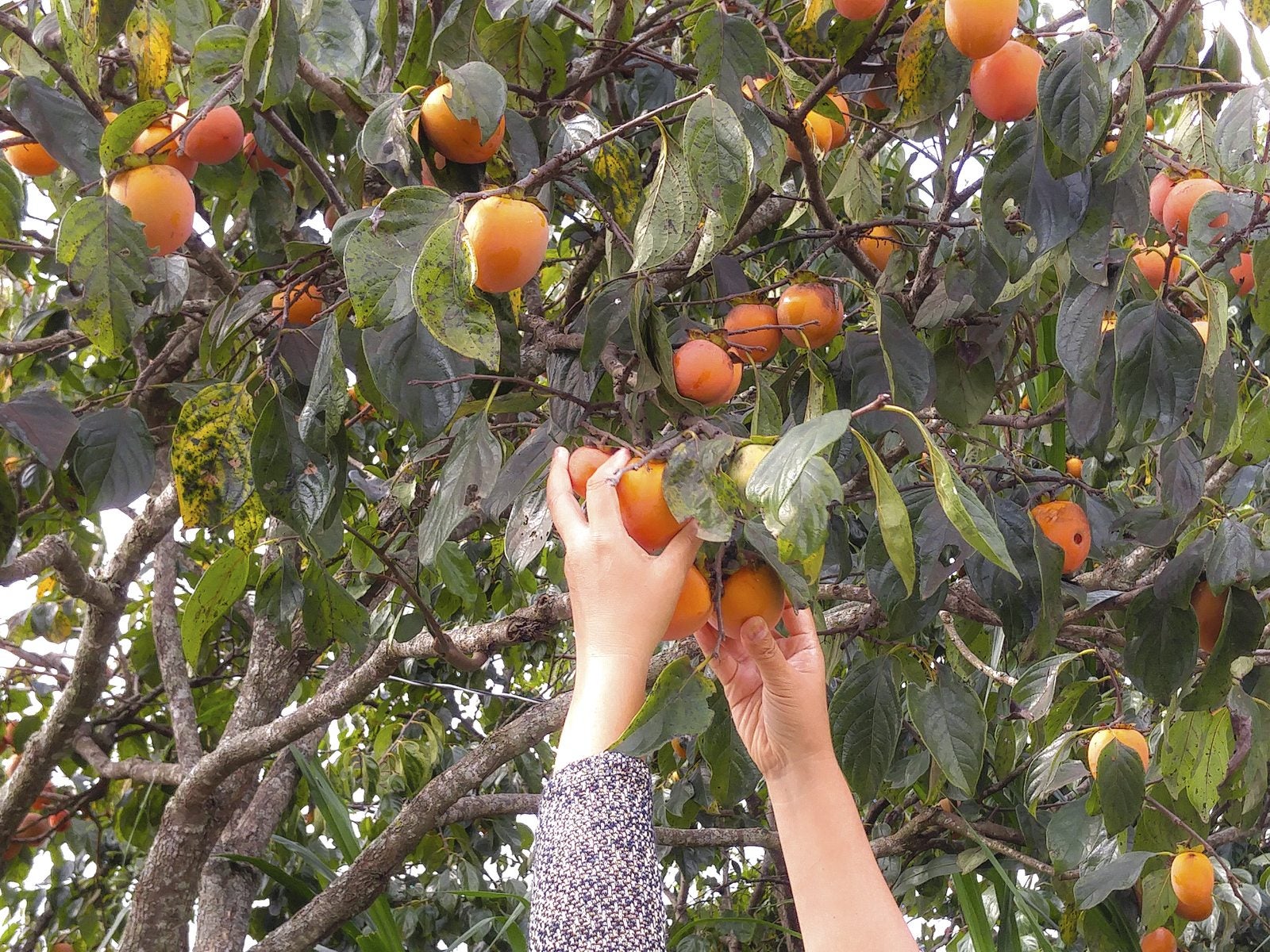 When Are Persimmons Ripe: Learn How To Harvest Persimmons
When Are Persimmons Ripe: Learn How To Harvest PersimmonsWhen they are less than perfectly ripe, they are terribly bitter, so knowing when to pick persimmons at their peak is essential. But how do you know when persimmons are ripe? Click this article to find out about harvesting persimmon fruit.
By Amy Grant
-
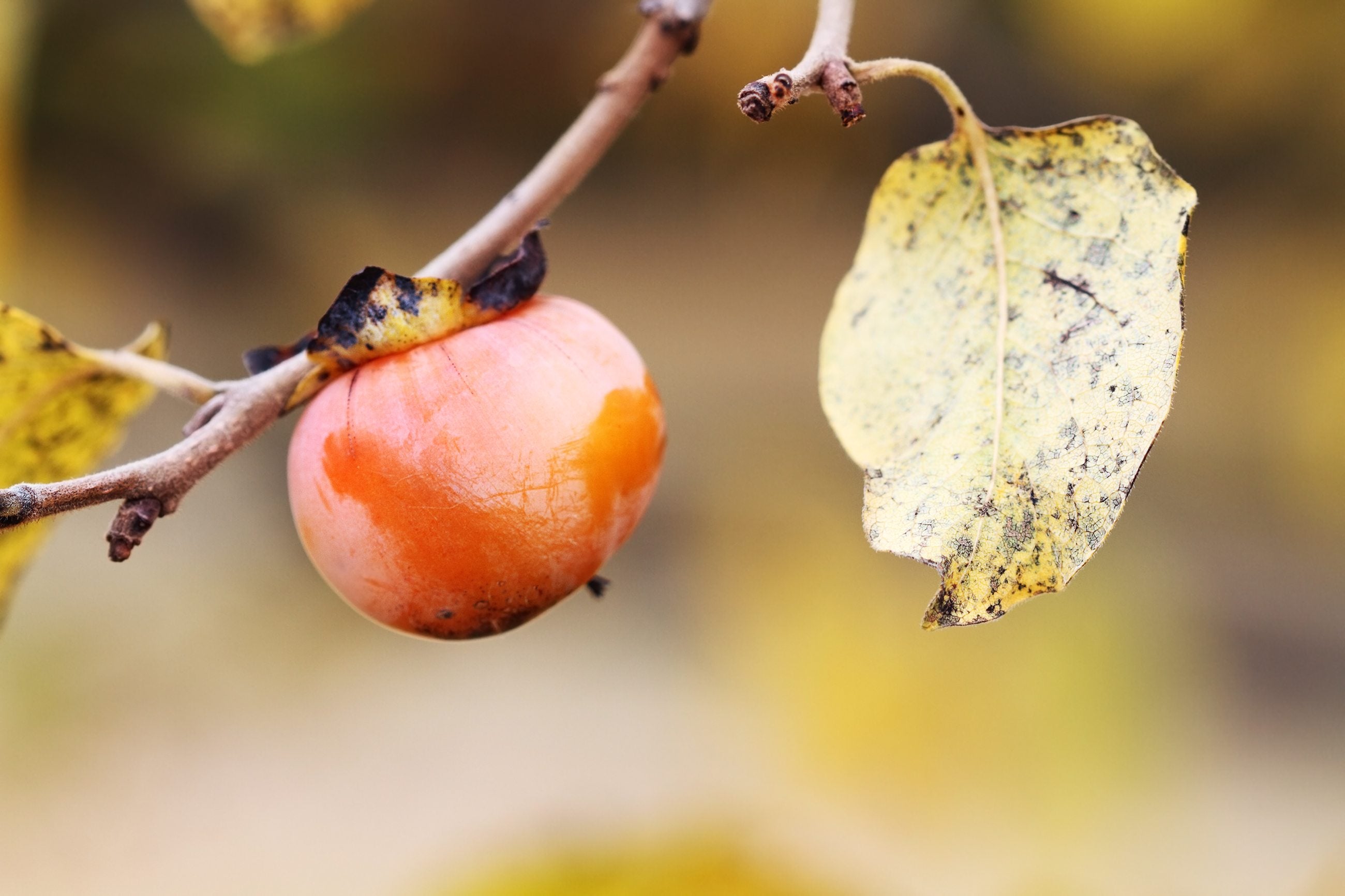 Persimmon Tree Diseases: Troubleshooting Diseases In Persimmon Trees
Persimmon Tree Diseases: Troubleshooting Diseases In Persimmon TreesPersimmons have no serious insect or disease problems, so there is no need to spray regularly. That doesn't mean that your tree won't occasionally need help, however. Click here for information about diseases in persimmon trees.
By Teo Spengler
-
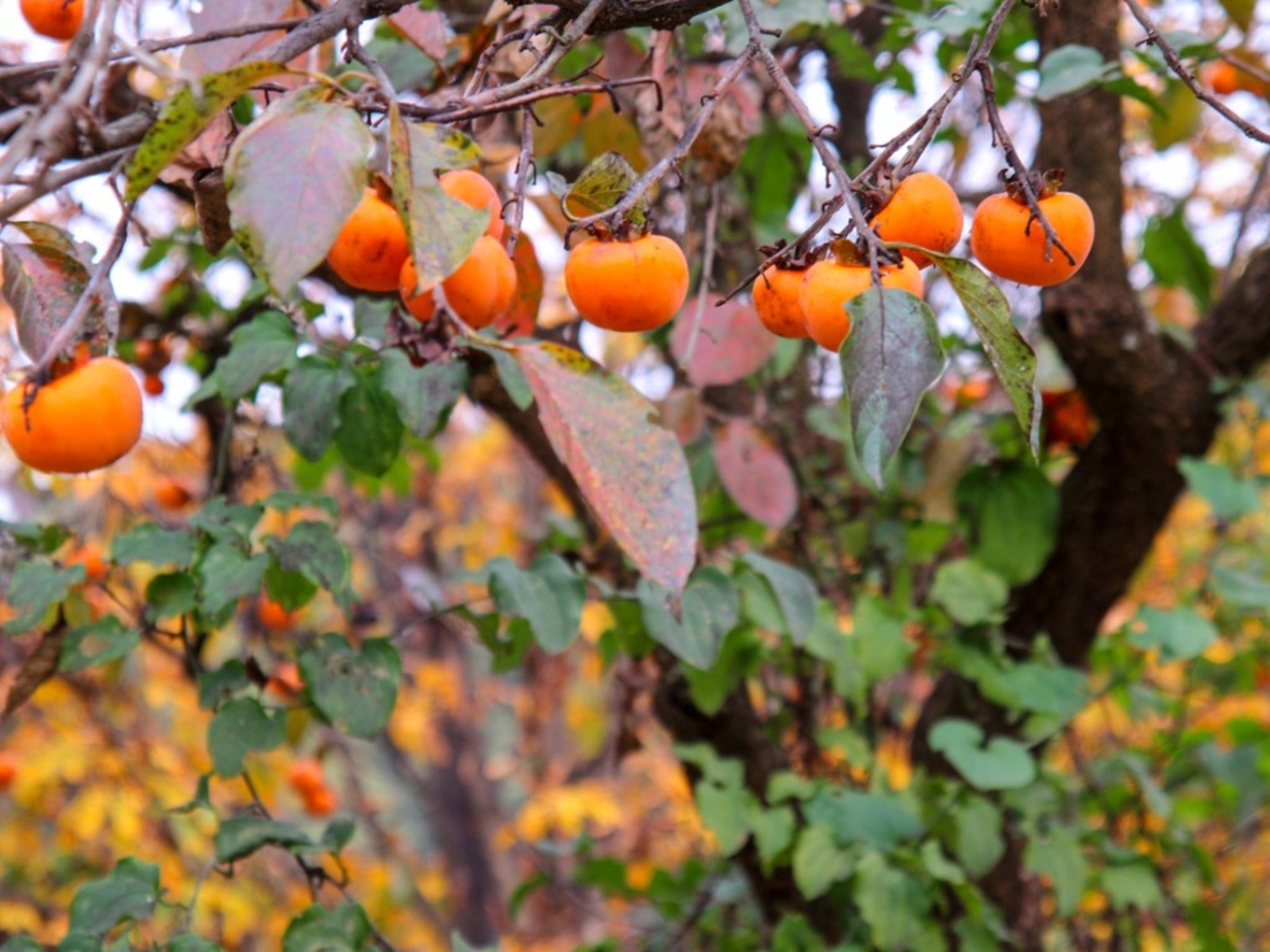 American Persimmon Tree Facts – Tips On Growing American Persimmons
American Persimmon Tree Facts – Tips On Growing American PersimmonsAmerican persimmons aren't as popular as their Asian cousins, but many people think they're tastier. Click for more.
By Teo Spengler